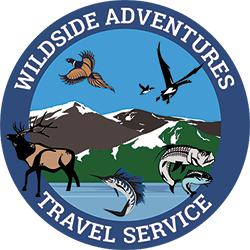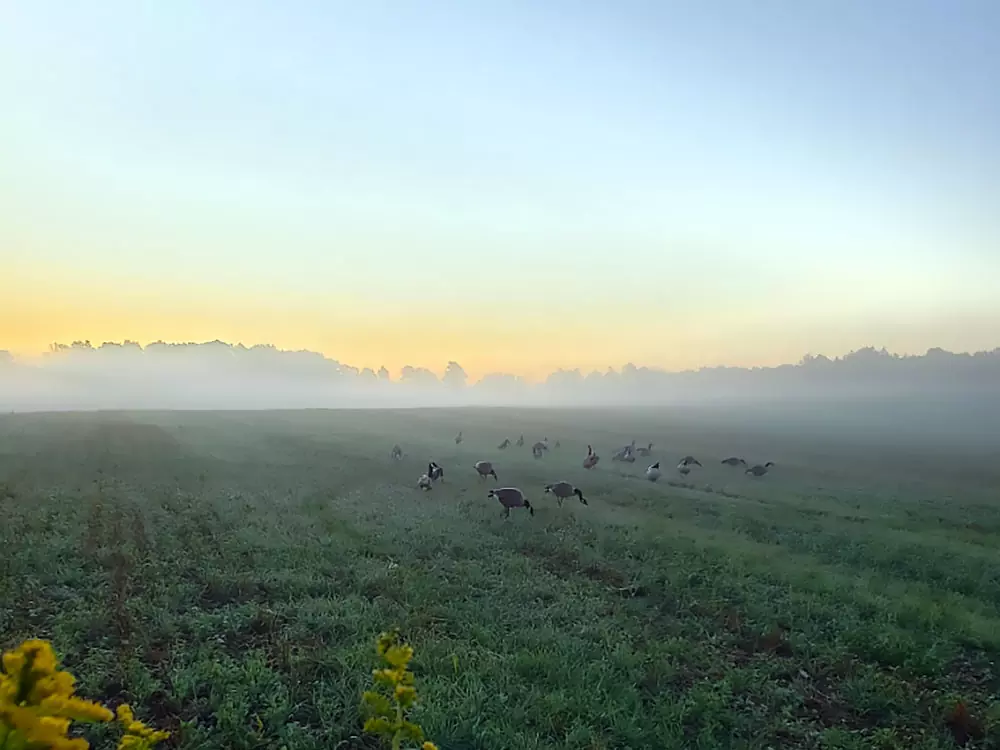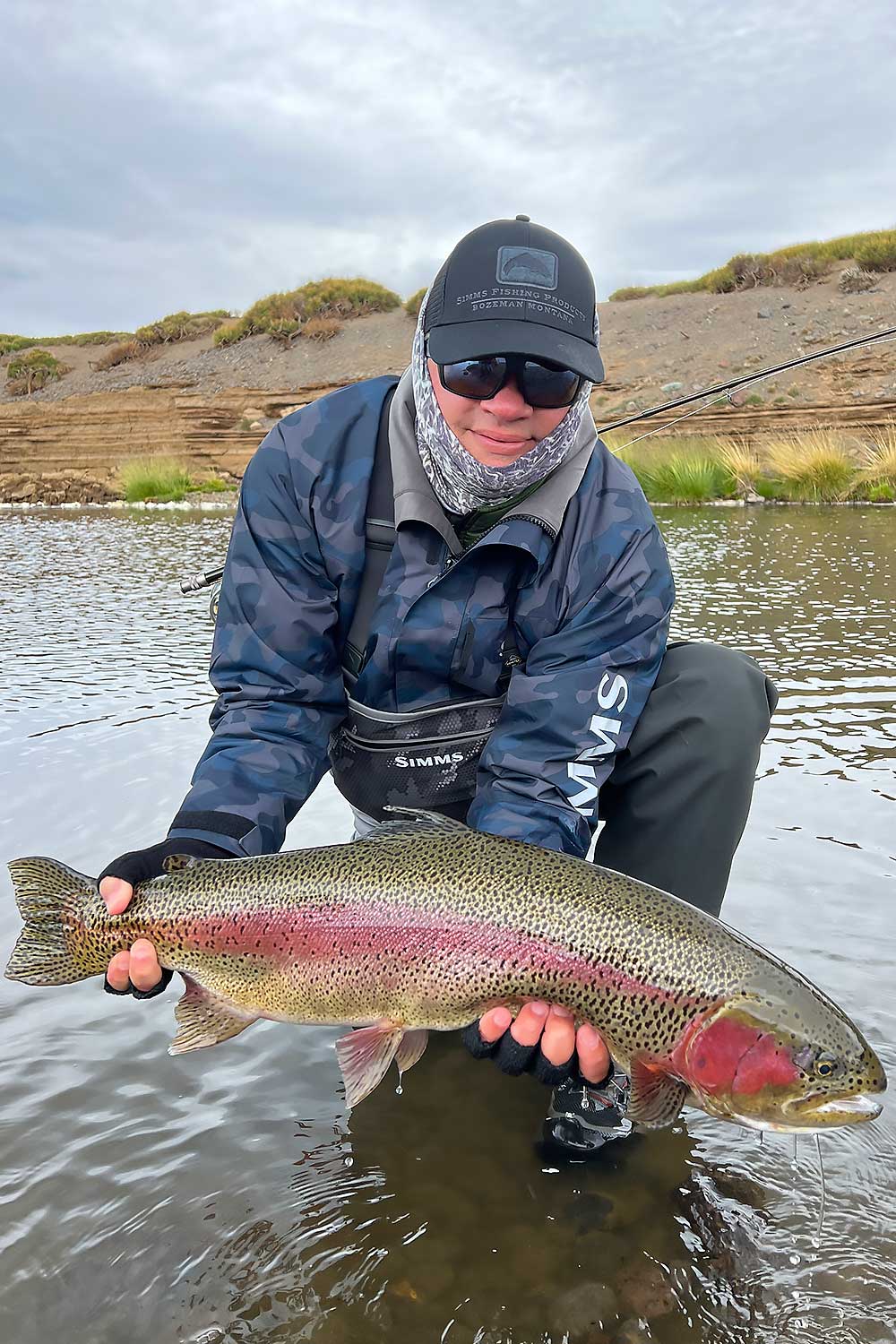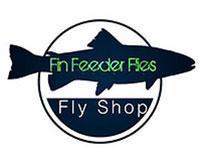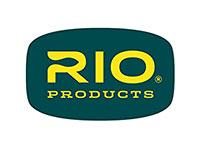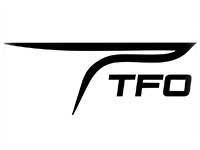While many hunters prefer going it on their own, putting together a do-it-yourself hunt to a new state or foreign country can be slightly intimidating if not flat-out impossible. Trying to pick one hunting unit in one area for one season and hoping to find game there, typically without ever setting foot in the area beforehand, can be overwhelming. Whether planning an adventure to a far-away land, like red stag hunting in Argentina, or a waterfowl hunting trip to a nearby state, there is much to consider. You will have to carefully research the logistics, game populations, licensing requirements, and accommodations and arrange for meat and trophy care. Aside from the planning difficulties, setting up a DIY hunt takes a lot of time. You also must be prepared to deal with things out of your control, such as weather and wildfires. For all these reasons, many hunters chose a guided trip and let the outfitter handle most of the details. However, even with a guided hunt, there is still much to consider. To help take away a lot of the guesswork, here are seven tips for going on your first guided hunting trip:
1) Research
While there is less to worry about on a guided hunt, it is imperative you assume the responsibility for picking a reputable outfitter, as this one detail will make or break your hunt. Prepare a list of detailed questions to ask each outfitter you consider. Here are some important topics to cover:
- Inquire about success rates and if the stats are based on shot opportunities, animals harvested, or trophies taken. While you may think the last is the most important, a guide has no control over a client’s marksmanship ability or level of fussiness.
- Ask for references and contact them. While no one will give you the name of someone as a reference they know will speak ill of them, ask for the names of unsuccessful hunters to see what those clients have to say about the quality of the outfitter.
- Request the outfitters email you a list of what equipment they will supply and what equipment they recommend you bring.
- Ask about the physical demands of the hunt and what fitness level is needed. Obviously, guided bird hunting trips to the prairie won’t require the same fitness level as guided elk hunts in the Rocky Mountains, and guided caribou hunts on the Alaska tundra may require a different fitness level than guided mule deer hunts on a ranch in Wyoming. Ask the outfitter for a recommended workout plan for the specific hunt or perform an online search for “workout plans for hunting.”
- Find out if the outfitter will make arrangements to care for the meat, cape, and antlers or if you need to make your own plans. Know that the U.S. has very strict requirements on importing game meat from other countries, so check with customs if you will be hunting outside the U.S.
Listen carefully to the outfitter’s responses to your questions and try not to read what you want to hear into the answers. Also, check online reviews and pay careful attention to the negative comments.
2) Prepare Your Gear
Once you know what you do and do not need to bring, begin prepping your gear well in advance. This allows you plenty of time to make adjustments, so you bring only what you need. The best tip is to lay out all your hunting gear, take out anything the outfitter will provide, and then make a shopping list for anything the outfitter recommended that you do not have. Be sure to check local and airline regulations on firearm transportation.
3) Carry On as Much as Possible
One of Murphy’s laws states the airline will always lose your most important piece of luggage at the worst time. To thwart Murphy’s mischief, as much as possible, find out the size and weight limits of your carry-on luggage and put the gear that would be hardest and/or most expensive to replace in your carry-on bags. You can’t take your gun, bow, knives, or ammo in your carry-on, but your binoculars, rangefinder, headlamp, GPS, hunting gloves, high-tech long underwear, and your favorite duck call for a waterfowl hunting trip should all be kept close. Wear your hunting jacket and boots, and keep a pair of slippers in your carry-on to change into once on the plane.
4) Plan for Success
Based on the information you gathered talking to your outfitter, figure out how you will deal with the meat, cape, and antlers. It is often easiest to find a local game processor and taxidermist and have them ship the finished goods to you at home. However, if time permits, taking the frozen meat with you on the plane will be cheaper than having it shipped. Game processors will often have insulated boxes and dry ice to pack the meat for shipping. Consult with your airline to determine the size and weight restrictions as well as the cost of packages.
5) Organize Your Gear on Arrival
Help yourself get into the hunting zone by going through your gear and getting everything organized and ready for the hunt after arriving at the lodge or in camp. If at all possible, shoot your gun or bow a few times to ensure the airline monkeys didn’t knock it off zero to give you the confidence your weapon will function properly when presented with the shot of a lifetime.
6) Be Adaptive
Even when planning luxury hunting tours with all the bells and whistles, you can always count on Murphy lurking around the corner, just waiting for an opportunity to make his entrance. Like elk, red stag hunting can require a sudden shift in strategy. Weather can change on a dime in the mountains and cause the game to move to a different area overnight or keep you pinned down in camp for extended periods. One hunter reported a fire at the hunting lodge necessitated everyone move into a hotel which required an extra hour of travel to and from the hunting area each day. In short, stuff happens, and being able to adapt only works to your advantage.
7) Be Selective
Make up your mind while planning your trip about what caliber of animal you will hold out for. For some people, a guided hunt is the trip of a lifetime, and they will hold out for a record book trophy and be willing to go home empty-handed rather than put a tag on a lesser animal. However, be sure you discuss this with your outfitter before booking a hunt so they will know your goals, and you will know if you are being realistic for his operation.
Whether you are going across the country or halfway around the world, heeding these seven tips for your first guided hunting trip will put you in the best position to have an enjoyable and successful hunt.
For assistance booking luxury hunting tours at home or abroad, contact Joe Rossi, owner and operator of Wildside Adventures Travel Service. Joe has many years of experience with the logistics of taking firearms out and back into the country as well as importing your trophies.
As a side note, Joe hosted “Joe’s Wildside Adventures” for 10 years on the Sportsman Channel, FOX and ROOT Sports. Visit Joe’s YouTube channel WildsideJoe to see some of his adventures.
You can contact Joe at Wildside Adventures Travel Service, joe@wildsidejoe.com, or call him at 412-352-8703.
